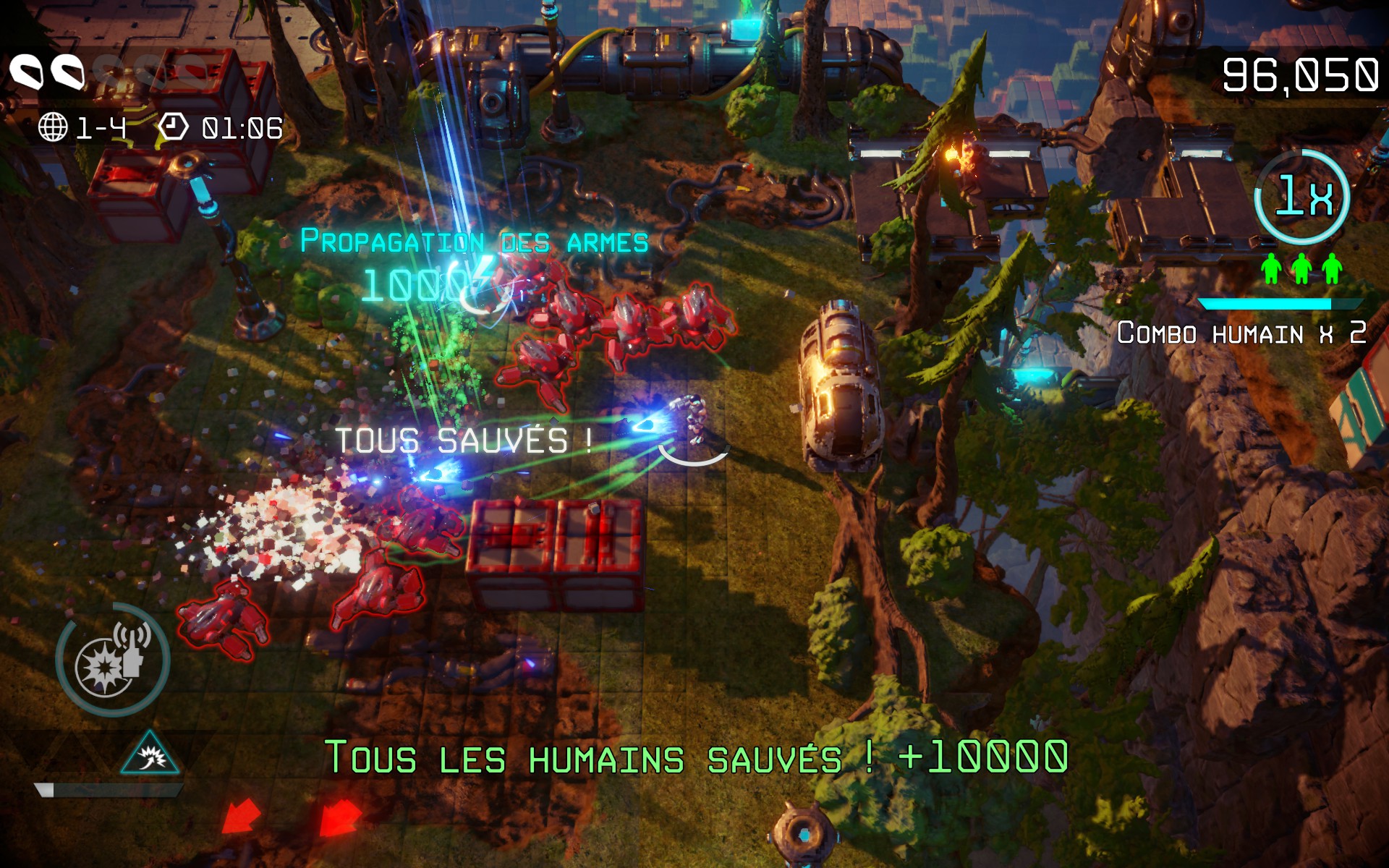

When I first fired up Nex Machine and did a run through its first world, I was less than enthused. Though the game has the modern trappings of shiny graphics technology and the aforementioned voxels and lights, it feels very much like old-school arcade games – in the very best way. Perfect then, that it’s been made with the help of Eugene Jarvis, who helped design all three of those classic arcade games.

#Resogun vs nex machina tv
Where Resogun may have been a spiritual successor to Defender in many ways, Nex Machina finds its roots in games like Smash TV and Robotron. That’s true of their latest, Nex Machina, which is also available for PC. Their launch title Resogun is still one of the finest games on the platform – with the power of Sony’s machine allowing for the company’s signature shooting shining in an explosion of voxels and neon lights. That’s been great for PlayStation owners. In recent memory, their unerringly excellent output has been exclusive to PlayStation platforms. They’re masters of their craft – delivering games that are usually simple in nature, but ascribe to that arcade ethos that has you mentally grabbing for a digital coin to insert so you can continue playing. For years now, Finnish developer Housemarque has been holding the torch for arcade twin-stick shooters.


 0 kommentar(er)
0 kommentar(er)
